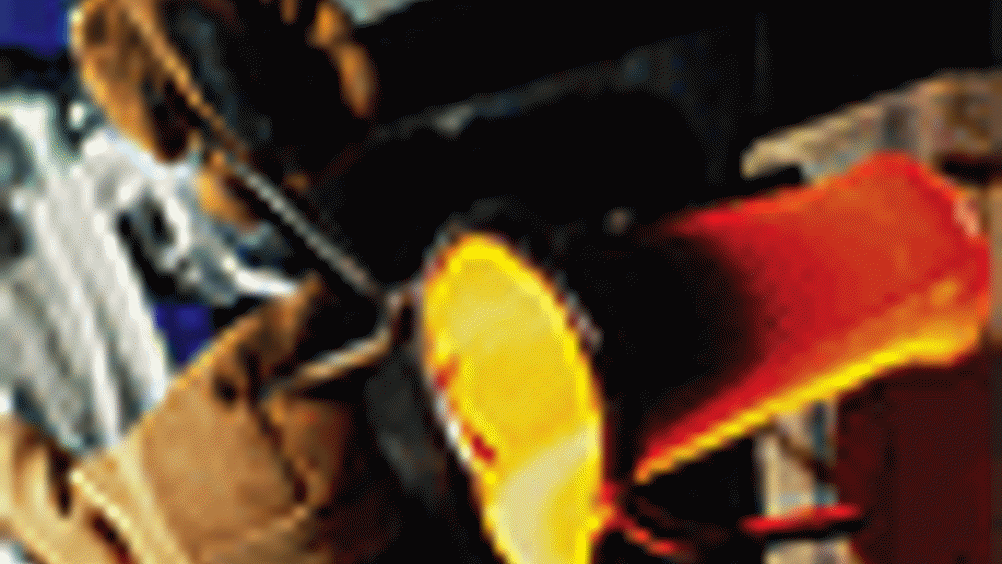A glass act
Bristol university researchers employ aerodynamic levitation technique in an attempt to manufacture containerless glass at speed. Stuart Nathan reports.

A process for making glass without a container could lead to new insights into how glasses are formed as well as improved mass-production techniques, according to a team from
.
The process, which can make samples of glass in minutes, could also mean the development of new types of high-performance glass.
The team, led by Adrian Barnes, is studying the properties of glasses formed at very high temperatures. 'If you heat things up, you expect to put your sample materials into a crucible or container of some sort, and put it into a radiative furnace,' he said. 'But the problem is, the higher the temperature gets, the more difficult it is to find a suitable furnace. You have the additional problem of what to put the sample in.'
There are two main problems with containers, explained Barnes. First, the team is making glasses which need temperatures above 3000K, and there are a limited number of materials that can withstand these temperatures. 'Even with very good containers, you get impurities coming in, and they can contaminate the sample,' said Barnes.
Register now to continue reading
Thanks for visiting The Engineer. You’ve now reached your monthly limit of news stories. Register for free to unlock unlimited access to all of our news coverage, as well as premium content including opinion, in-depth features and special reports.
Benefits of registering
-
In-depth insights and coverage of key emerging trends
-
Unrestricted access to special reports throughout the year
-
Daily technology news delivered straight to your inbox










Water Sector Talent Exodus Could Cripple The Sector
Maybe if things are essential for the running of a country and we want to pay a fair price we should be running these utilities on a not for profit...